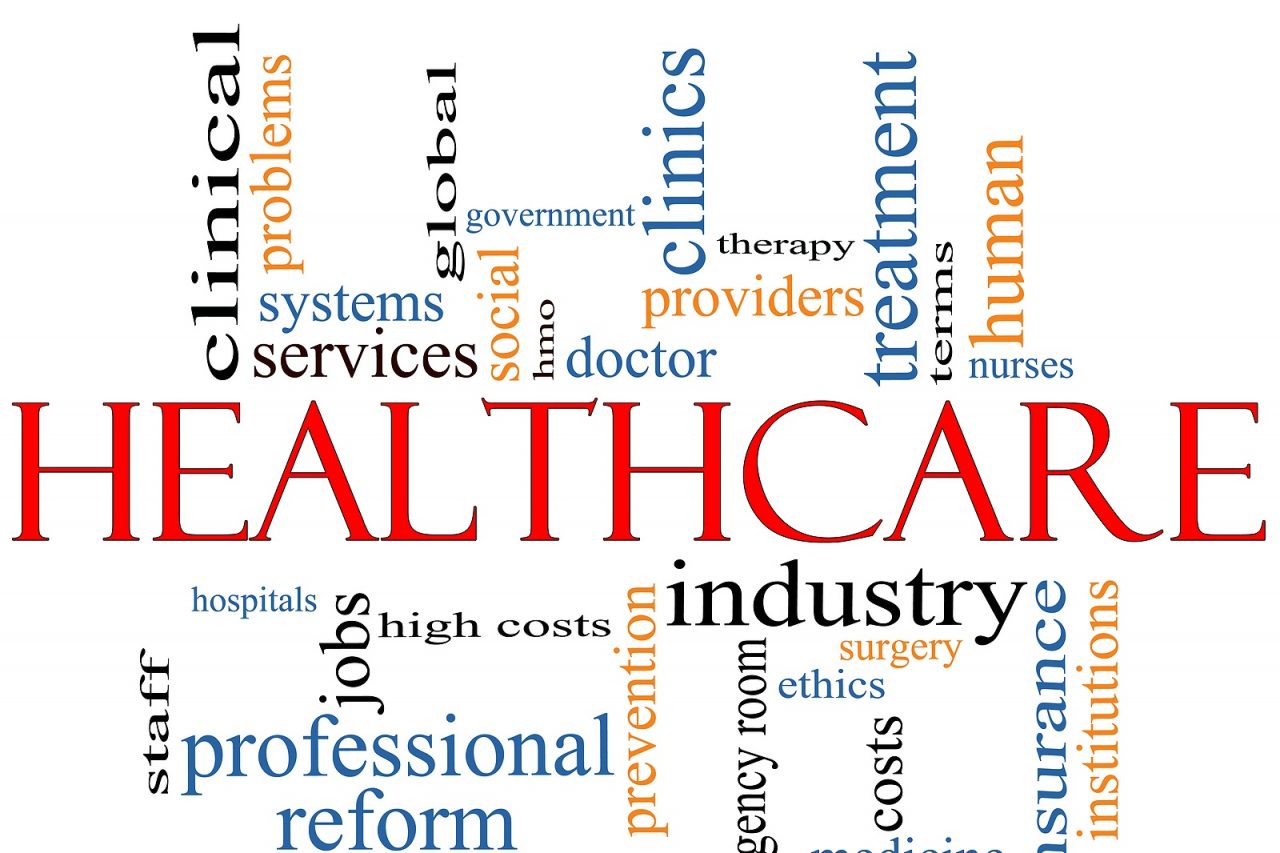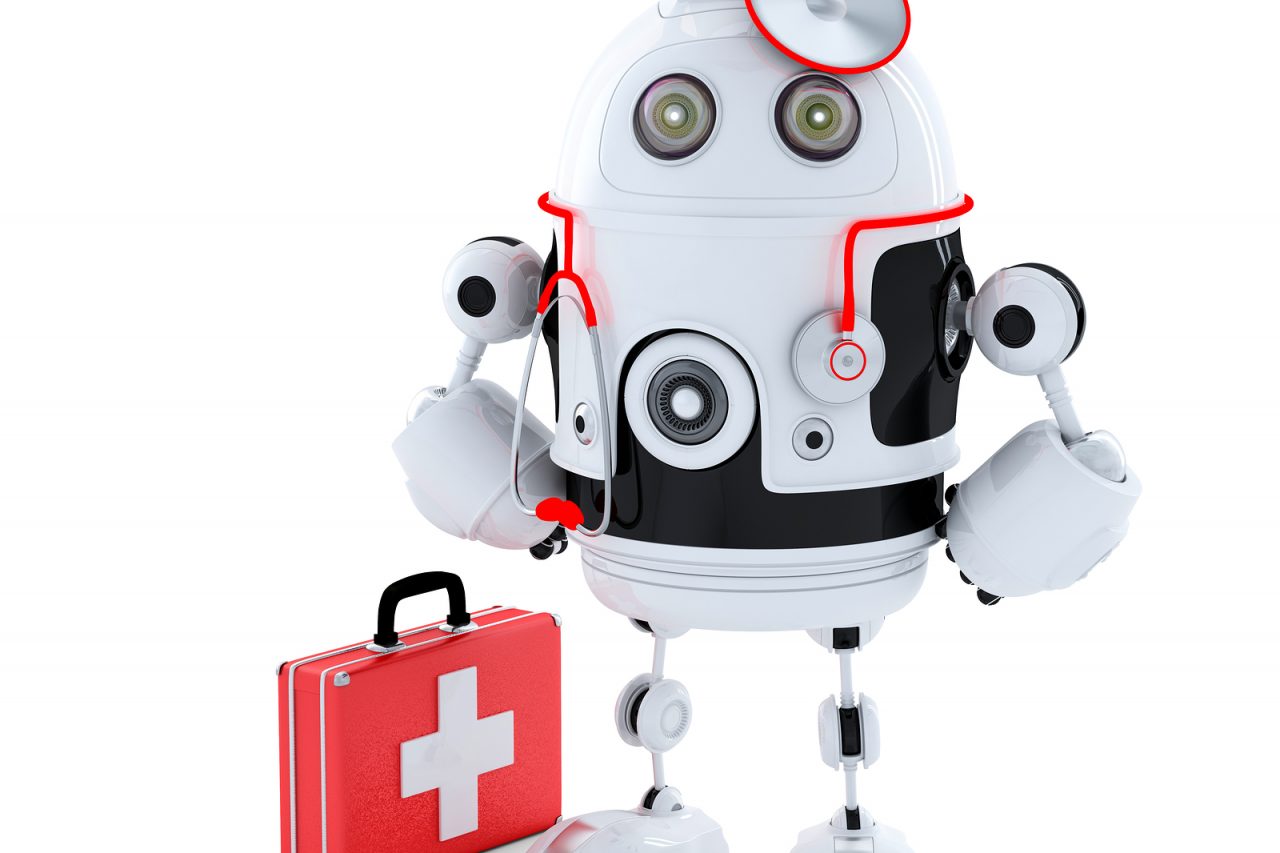The lead article in the New York Times this Saturday revealed that each year 75,000 patients nationally have apparently unnecessary double chest CT scans. While this is a relatively small number when compared to the millions of CT scans done annually, exposure of any patient to unnecessary radiation is disturbing. What is exciting about this article, and why it rates first page coverage, is not only the information itself, but the new era of health care planning is represents.
Computerized Axial Tomography (CAT or CT scans) uses a rotating gantry to move an X-ray source and detectors (camera) around a patient while taking thousands of fast pictures. These pictures are assembled by computer to produce a three dimensional picture of a patient. This image can be viewed as individual slices, each about 1 centimeter thick, or is can be fused into a detailed complete picture of the inside of the patient which can be rotated and viewed from any angle. Oral and/or intravenous contrast is administered to improve clarity and detail. IV contrast causes blood vessels to show on the scan as a different color (usually white). In the NYT article the problem is that two CT scans of the chest were done …first without and then with IV contrast. During a scan without contrast, the blood vessels are barely visible, and while during a scan with contrast they stand out brightly. This difference is rarely required to accurately read a chest CT. Chest CTs are done with IV contrast, because blood vessels in the chest are a critical part of anatomy. In a Chest CT without contrast, some detail in lung tissue is seen, but the remainder of the chest is poorly visualized. There is very little use for with and without IV contrast chest CT scans (accept for the uncommon problem of deciding if a particular structure changes when contrast is added, such as a hemangioma). So, for most of the double CT scans which were reported, the double X-ray exposure, with double the risk, cannot be justified.
So, why do a few hospitals in the USA do with and without contrast chest CT scans 80% of the time (none in New Jersey)? There are apparently two reasons. The first is training and habit. The Times’ article notes that most of the problem is in small, rural, hospitals. It is likely that the physicians who are serving those communities have less experience and training in the use of complex imaging technologies. This can lead to misunderstandings regarding relatively subtle concepts, such as the use of IV contrast. It adds confusion when other technologies, such as MRI, frequently are performed, with and without contrast. The explosion of medical information and the massive increase in technologies makes it very challenging to keep current, especially in under served areas. The other reason that may contribute to excessive testing, may be the current medical payment system. As long as we continue to reimburse medical care based solely on volume of tests or treatments, and not for the value of that service or for the intellectual component, there will be a bias towards doing more testing. The payment system encourages testing and consciously or not, that financial pressure may influence providers. When we combine these two problems – the challenge of keeping current, with reward for doing more testing or treatments, it is not surprising that the result, at times, does not produce optimal health care.
What is exciting about the NYT article is the use of mass data to evaluate quality of care. The Medicare (CMS) database was mined for a pattern of testing, and produced a discovery, which will save money, inconvenience and perhaps lives. While this was a retrospective study, (done long after the testing was performed) it will allow modification in future medical practice. This type of analysis of large numbers of patients with thousands of episodes of testing is key to the future of health care. Hundred of billions of dollars are wasted because of inefficiencies and care not based in the best science. The movement of medicine onto electronic data bases will allow doctors, hospitals and payers to prospectively (before care is given) optimize patterns of care to give quality medical care at the lowest cost. By doing so we will be able to give the best medical care in the world, but also do it without bankrupting individuals or the entire system. Better care. Cheaper care. Less side effects. More benefit. Analyses such as this promise a much brighter future and may rescue the medical system.







Comment